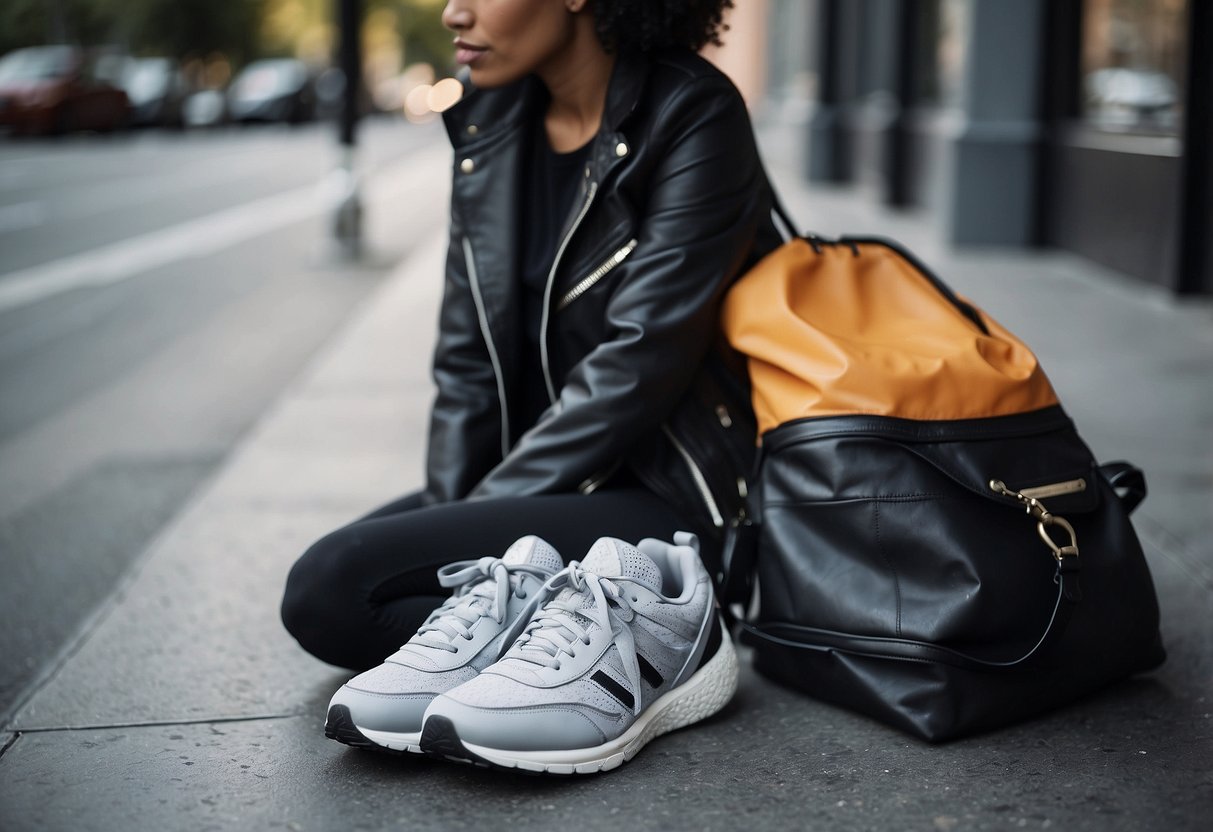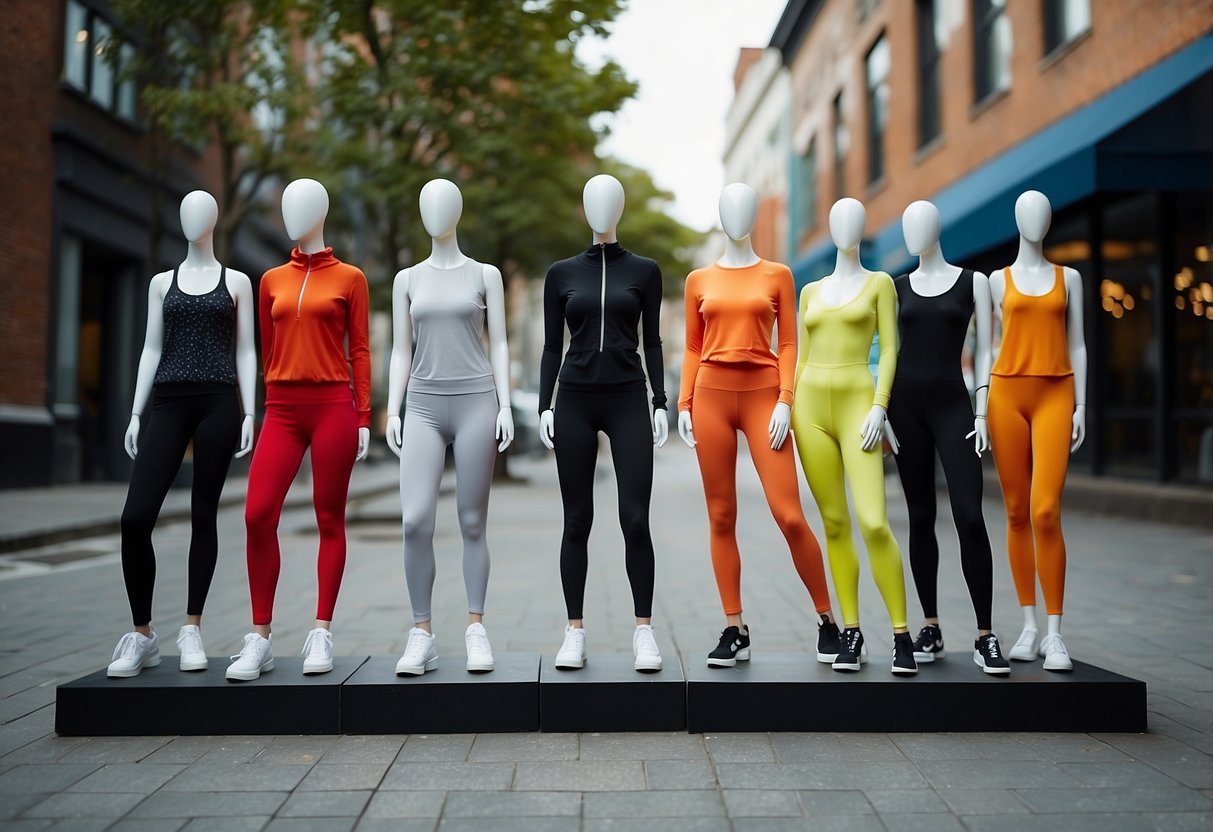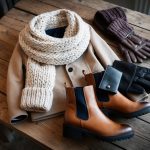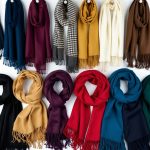
Key Elements of Athleisure Design
Athleisure combines performance fabrics with stylish design to create clothing that works in the gym and on the streets. It emphasizes functionality without sacrificing fashion.
Performance Fabrics and Materials
Performance fabrics are crucial in athleisure design. These materials often include moisture-wicking properties that help keep the wearer dry during workouts. Fabrics like polyester, spandex, and nylon are commonly used due to their durability and stretch.
Breathability is another key feature. Mesh panels and ventilated fabrics ensure good airflow. In colder weather, thermal materials that provide warmth while remaining lightweight are preferred. These fabrics also often offer UV protection, making them versatile for outdoor activities.
Quality materials not only enhance performance but also contribute to the garment’s longevity. Durable fabrics that withstand frequent washing and wear are essential. The use of sustainable and eco-friendly materials is becoming increasingly popular, catering to environmentally conscious consumers.
Functionality Meets Style
Athleisure shines where functionality meets style. Multi-purpose designs include features like zippered pockets, reflective accents, and adjustable elements to cater to both athletic and everyday needs. Thoughtful design ensures that these pieces are as practical as they are stylish.
Fashion-forward elements such as sleek lines, modern cuts, and on-trend colors make athleisure visually appealing. Versatility is key, with pieces that transition seamlessly from gym wear to casual daywear. Leggings, hoodies, and joggers often feature stylish details that make them suitable for different settings.
The balance of comfort and aesthetics is crucial. Soft, stretchy fabrics ensure ease of movement, while design touches add a stylish edge. The integration of fashion trends like color blocking and high-waisted designs helps keep athleisure on the cutting edge of style.
How to Choose Athleisure for Different Body Types

When selecting athleisure for different body types, focusing on fit and comfort is key.
For those with an hourglass figure, high-waisted leggings and fitted tops accentuate the waist. Cropped jackets can balance the silhouette.
Individuals with a pear-shaped body should look for tops that draw attention to the shoulders. A-line skirts or flared pants can create a balanced look.
Those with an apple-shaped body may prefer loose, flowing tops paired with fitted bottoms. Empire waists and wrap styles can provide definition.
For a rectangular body type, adding curves through ruching or patterns can enhance the figure. Layered tops and leggings with side stripes can be flattering.
People with an athletic build might choose pieces that highlight muscle definition. Racerback tops and fitted joggers can showcase a toned physique.
Choosing the right fabrics is also important. Lightweight, moisture-wicking materials ensure comfort while maintaining style.



